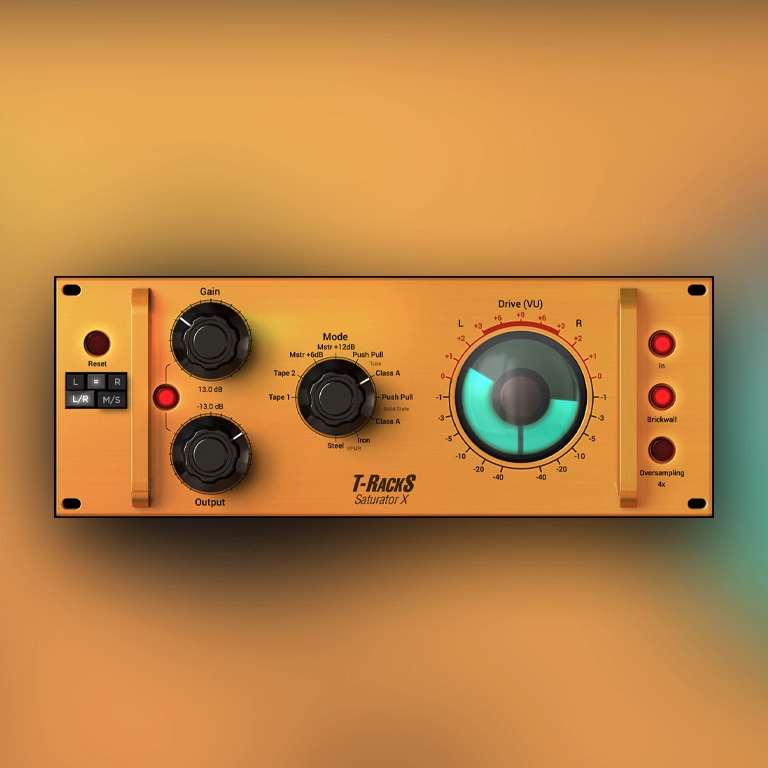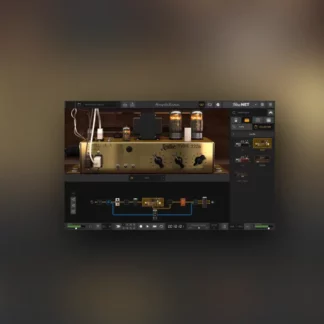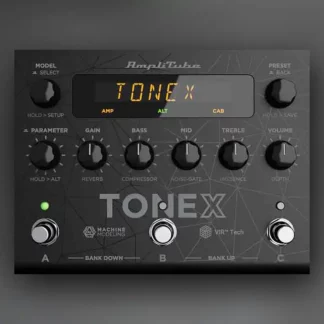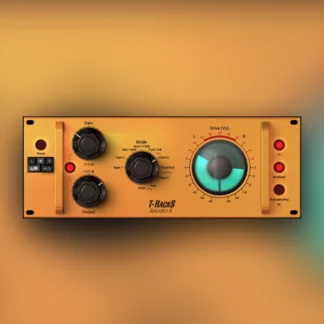T-RackS Saturator X
$99.99
About IK Multimedia T-RackS Saturator X
The IK Multimedia T-RackS Saturator X is a versatile plug-in designed to infuse digital recordings with the warmth and character of analog saturation. It offers a range of saturation modes to suit various audio processing needs.
- 10 unique saturation modes, including Tape, Master Soft Saturation, Tube, Solid State, and Transformer
- Independent or inversely linked Gain and Output controls for precise level management
- Built-in Brickwall Limiter to prevent digital clipping
- Selectable Oversampling mode for enhanced audio quality
- “Magic Eye” VU meter for visual monitoring of saturation levels
Whether applied to individual tracks or full mixes, Saturator X provides a comprehensive toolset for adding analog-style warmth and depth to your audio projects.






